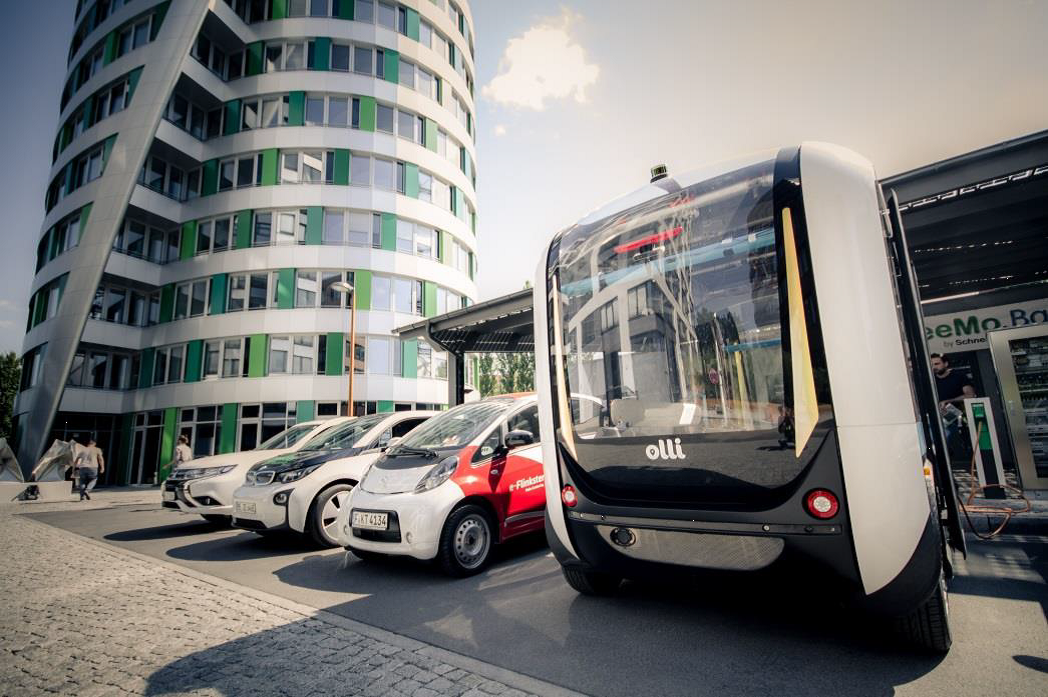User Acceptance of Automated Vehicles in Public Transport
Subject
The evolutionary, incremental path of vehicle automation is mainly pursued by the auto industry and its system suppliers with the main objective to assist but not replace the driver. The revolutionary approach is represented by a number of projects, such as the WEpods, which runs self-driving vehicles without steering wheels, gas or brake pedals in the Foodvalley region between Ede and Wageningen. The WEpods vehicles fall within level 4 or highly-automated driving (HAD) in the SAE standard J3016, which operate without a driver in restricted conditions, but which may see some level of supervision from an external control room. We defined these vehicles as 4P vehicles with 4 standing for SAE level 4 automation and P for ‘pod-like’. This research aims to model user acceptance of these types of vehicles to explain, predict and optimize user acceptance of these vehicles. We developed a conceptual model – the 4P Acceptance Model – that represents a synthesis of existing research on user acceptance of automated vehicles with the scientific literature from the technology acceptance management domain. The model will be validated empirically by reaching out to pilots, such as the WEpods, on an international scale.
Scientific challenges
We developed a conceptual model – the 4P Acceptance Model – that represents a synthesis of existing research on user acceptance of automated vehicles with the scientific literature from the technology acceptance management domain. One of the key scientific challenges is the difficulty to adequately model user acceptance of 4P vehicles in a way that minimizes a mismatch between potential and actual acceptance and use. Another scientific challenge is the limited knowledge on the factors influencing acceptance is limited and the general public lacks concrete and real experiences with 4P vehicles, whose use is currently restricted to pilot projects. Also, given the legal situation that still requires a human on-board the vehicle to intervene in cases of emergency, access to pilots that test these vehicles under daily and everyday conditions on open, public roads in more complex traffic environments is difficult.

Societal relevance
With driverless vehicles, we can solve our transport-related problems, such as congestion, parking scarcity, pollution or traffic safety, and contribute to a sustainable and more environmentally friendly mobility. By providing seamless, on-demand, door-to-door and 24/7 mobility to all, transport will become more democratic as it reaches out to people who have been previously restricted in their mobility behaviour due to any type of impairment. However, the full potentials of driverless vehicles to contribute to a sustainable future of mobility will not be realized, if the people for which these systems are intended, will not use them.
Sina NordhoffStart/end date: 1st June, 2015-2019Daily supervisor: Dr. ir.Riender Happee Promotor: Prof. Dr. Bart van Arem |